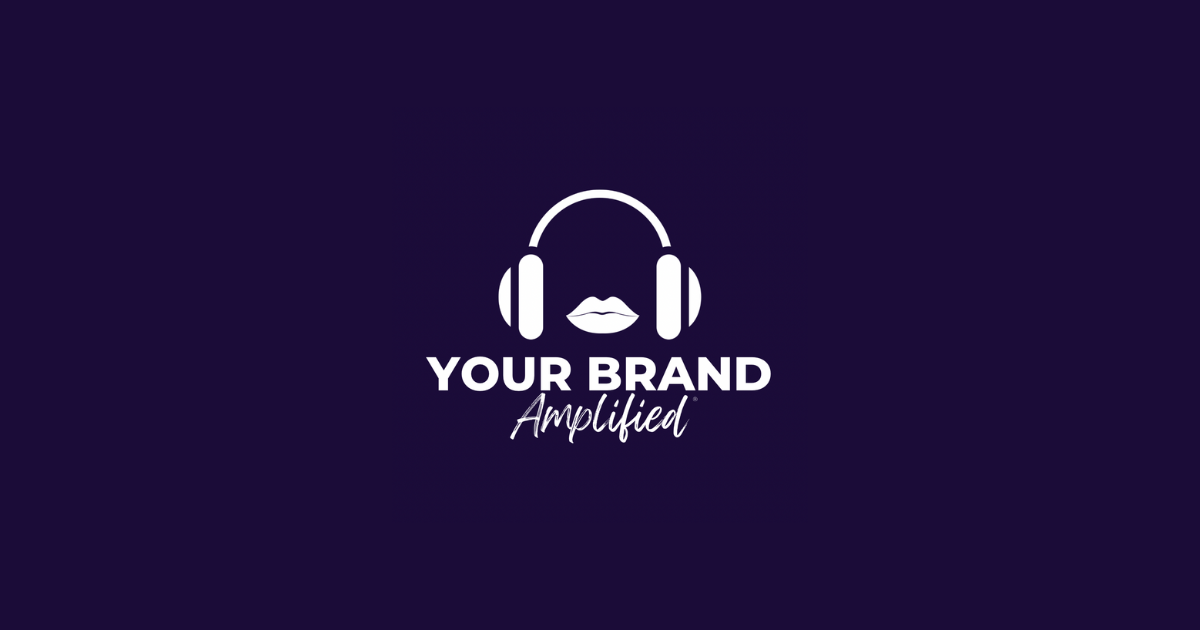February 27, 2019
What the Numbers Say About Your Event’s Audience Engagement
 Creating an engaging event for your attendees is top of mind as you’re planning the event. But how do you know if you succeeded? Can you actually measure audience engagement — and, if so, how?
Creating an engaging event for your attendees is top of mind as you’re planning the event. But how do you know if you succeeded? Can you actually measure audience engagement — and, if so, how?
You can look around as your event unfolds to see how people are reacting (and you should), but that’s pretty vague and doesn’t necessarily give you an accurate picture. You need reliable data. Details. Ideally, you need to measure attendee response to every aspect of your event — not only the content but the ambiance, the food, the venue, even the back-end processes such as sign-up. Sure, people came to your event, but were they engaged?
Technology is Your Friend
Technology enables you to streamline planning and dramatically enhance production values to create what you hope will be a stellar event. Technology can also help you during and after the event, to learn if you delivered on your promise of an exceptional experience. You can compare numbers — how audience size compared to last year, etc. But you can measure behaviors, as well.
And you can straight-out ask attendees for feedback. Use your event app (yes, do create one) to measure success by taking quick polls during the event. Afterward, send an email survey — keep it brief and consider offering an incentive to those who respond.
Remember that technology can help boost engagement, too. For example, pass-around wireless microphones make Q&A easier and more fun.
Create a unique hashtag
Hashtags are the perfect shorthand. They give your event an easy nickname for sharing even before the event gets underway. They work — proven to seriously boost social media engagement. And they make it easy to monitor when and how folks are interacting with your event. Your event management software might allow you to track online conversations, or you can use an app such as Hootsuite.
You can boost the conversation by creating shareable “teaser” content to hype the event ahead of time. But you can also keep the conversations going after the fact with follow-up content. That content can be blog articles or links that expand on the most popular presentation topics, photos of attendees having the time of their lives, and audio soundbites or video clips of key points in the proceedings (or links to recordings of entire presentations).
Use your hashtag everywhere, before, during and after the event — not only digitally, but on printed materials and posted in key locations around your venue. Imprint it on a promo item.
Numbers to measure and compare
So, what numbers should you be tracking?
- Sign-ups vs. actual sign-ins. Did you lose people before they even arrived? Pick up extras at the door? Track individual event sessions/activities as well as overall attendance.
- Dropouts. Did everyone stay till the end, or did some wander off prematurely? An easy way to gauge this is to hold off on your raffle or big prize giveaway until the last session.
- Website traffic. Visitors to your event page, of course, but also “next steps” — downloads of event materials or related content, visits to other website pages (and which ones). Look for post-event spikes in web traffic that indicate heightened interest from attendees.
- Email interaction. Open rates for event-related messages, and responses such as clicks to links or downloads.
What are all those numbers saying?
The point of gathering statistics and tracking conversations about your event is to learn from them. What aspects of your event generated the greatest sharing of photos or comments? Do more of that next time. On the other hand, elements that were largely ignored don’t deserve a place at your next event — or they need a major revamp. Anything that caused overt grumbling (long lines at registration, for example) need to be fixed.
Measuring audience engagement tells you about your event, but also about your attendees. The better you understand what pushes their “wow” buttons and gets them actively involved, the better job you can do as an event planner, creating must-be-there experiences your audience will love and share.




